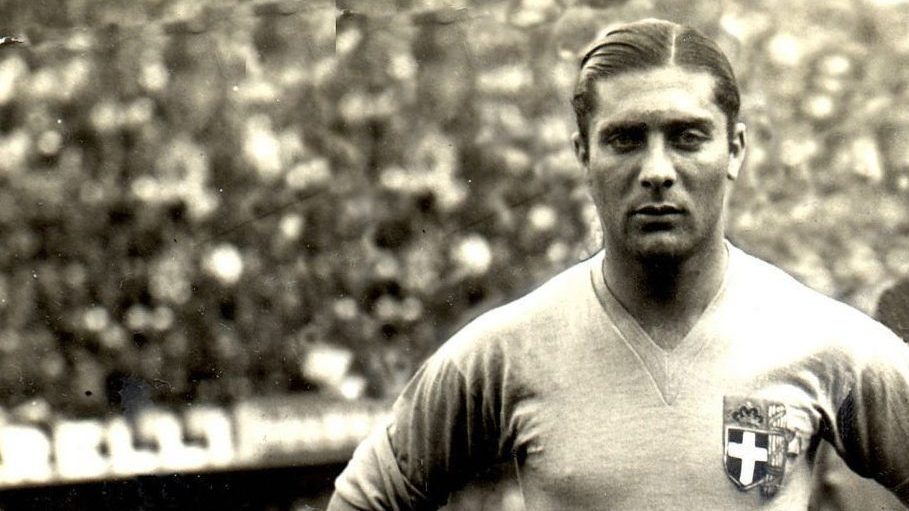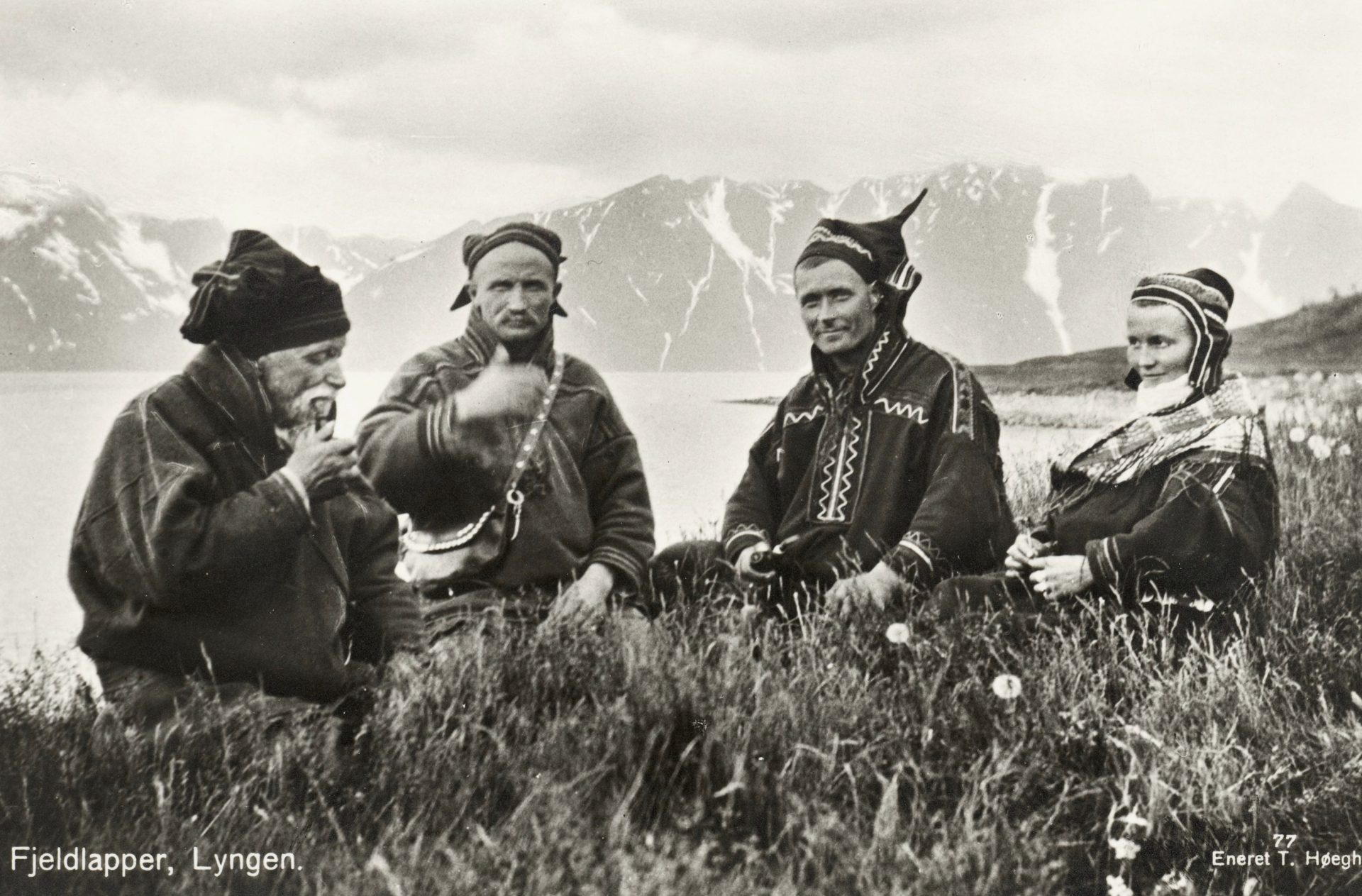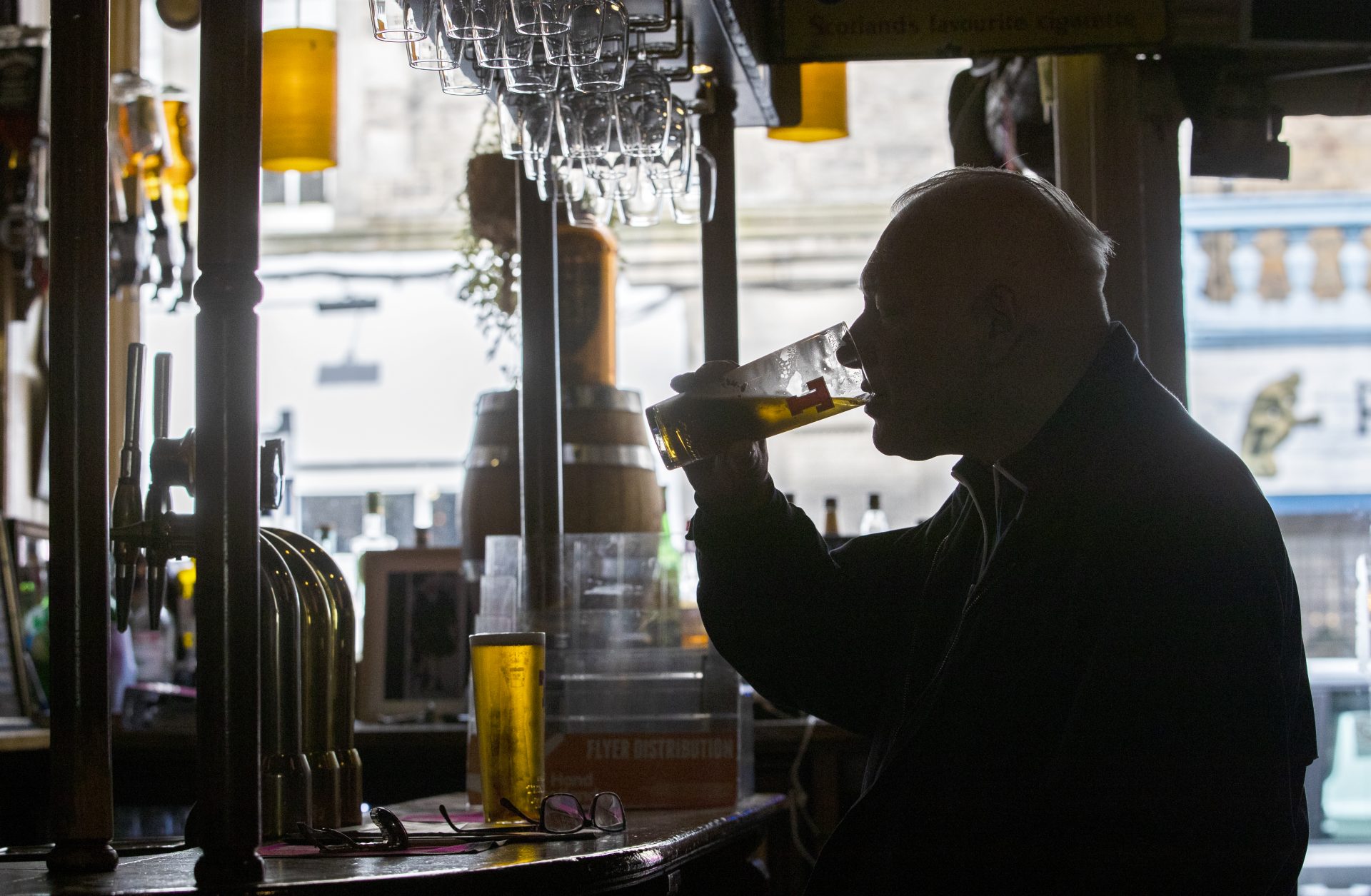They call it the San Siro, the stadium with coiled spring corner walkways that’s home to Internazionale and AC Milan, but that’s not actually its name. The 80,000-capacity arena might be situated in the San Siro district of Milan, but since 1980 it’s been called the Stadio Giuseppe Meazza in honour of arguably the greatest footballer the city has ever produced.
If 242 goals in 365 games for Inter wasn’t reason enough, he also spent two wartime seasons with AC Milan and had three spells as manager at Inter. Two World Cup wins leading the forward line for Italy in 1934 and 1938, the latter as captain, also established Meazza on the world stage, and he remains Italy’s second-highest all-time international goalscorer with 33. That’s only two behind Luis Riva, whose record is bolstered by hat-tricks against outclassed Wales and Cyprus sides, and six goals in two games against Luxembourg.
Perhaps most importantly to those naming the stadium, Meazza was in many ways the personification of Milan itself. He was born in a working class district of the city where, when his father went off to the First World War when Meazza was five years old and never returned, his mother was left a widowed single parent working full time at her fruit and vegetable stall.
Keen that her son should find a steady job rather than enter the uncertain fledgling trade of professional football, she attempted to snuff out the stars of hope in her son’s eyes by refusing his constant boyhood entreaties for a pair of football boots. Instead, Meazza learned his trade barefoot in the streets, using a bundle of rags tied with string as a ball.
He grew up in the image of his home city: brash, flamboyant, stylish with a kind of dignified raffishness, a twinkle in the eye. It could be argued that he was the first football celebrity in the modern sense of the word, certainly in Italy, definitely in Milan.
At the height of his career he enjoyed the trappings of fame, the cars, the nightclubs, the champagne, the women. When the tango craze swept the city during the 1930s, Meazza’s nimble feet made him one of its finest dancers, strutting across dancefloors until the early hours even on nights before matches.
There were countless stories of him hauling himself hungover out of bed leaving a new companion – or companions – among the pillows to arrive at the stadium minutes before kick-off, sometimes only as the result of frantic hammering at his door by a club official. Some of those stories even came from the man himself.
“Luckily I lived near the stadium and managed to get there in a rush,” he recalled of one such incident. “My team-mates and the coach looked at me disapprovingly. It was only five minutes before kick-off, so I changed quickly and joined the team on the pitch. I could hear the Inter directors saying, ‘we’ll deal with him after the match, we’ll find out what he’s been up to’. I scored a hat-trick. Not another word was said about it.”
Such was the value to Inter of this most Milanese of men they turned a blind eye to his drinking, womanising and questionable timekeeping. Sometimes he’d spend entire training sessions on the physio’s bench sleeping off the previous night’s excesses. He was certainly the only member of the playing staff permitted to smoke.
None of it mattered because none of it affected his genius on the field. In a sport played in heavy boots with a heavy ball on heavy pitches, Meazza moved like the dancer he was, bewitching opponents with speed and skill. Many of his goals came at the end of long, mazy runs, leaving defenders in his wake and rounding goalkeepers to tap the ball into an empty net. It was a brand of football ahead of its time. It was football as it was meant to be played.
He’d grown up a fan of AC Milan but they rejected him as a youngster for being too slight for the rough and tumble of 1920s football. Inter, recognising his special kind of genius, signed him instead, fed him steak and potatoes and in 1927 put him into the first team at 17.
On his debut he scored twice in a 6-2 cup tie thrashing of Unione Sportiva Milanese, an early success that led his team-mate Leopoldo Conti, nearly a decade older and an established international forward, to give Meazza the nickname that would stay with him for the rest of his career: Il Balilla, the little boy.
It was a fitting sobriquet. In 1929-30, the first season of Serie A in the national format we know today, a teenage Meazza led Inter to the title, scoring 31 goals in 33 games. In February 1930 he made his debut for the Italian national side at just 19, scoring twice in a 4-2 win over Switzerland in Rome. He’d only just turned 23 when he scored his 100th Serie A goal, still a record for the youngest player ever to pass the milestone.
Meazza was a beacon of skill in an Italian side renowned for its physicality. At the 1934 World Cup, Italy’s attritional quarter-final draw with Spain and victory in the replay in Florence left both sides with a host of injuries. Meazza scored the winner in a 1-0 victory.
In the final, he spent much of the game out on the wing after suffering an injury but managed to set up the decisive goal for Angelo Schiavio in extra time. Six months later the world champions came up against England in what became known as ‘the Battle of Highbury’ for its brutal physical nature. Meazza rose above the violence to score both Italian goals in a 2-3 defeat.
Italy retained the World Cup in France in 1938, due in no small part to their captain. The semi-final against highly-fancied Brazil in Marseille was finely balanced at 1-1 after an hour when the Italians were awarded a penalty.
In the build-up to the incident, the elastic in Meazza’s shorts had snapped, forcing him to net the crucial kick holding the waistband bunched in one hand to prevent them falling down. In the final against the fancied Hungarians, Meazza set up three of Italy’s goals in a 4-2 win.
“Having Meazza on the team was like starting every game 1-0 up,” said Italy coach Vittorio Pozzo. A strict Piedmontese moralist, even Pozzo was able to overlook the lifestyle of his Milanese captain. But then, by 1938 nobody was entirely sure whether Milan had made Meazza, or vice versa.




